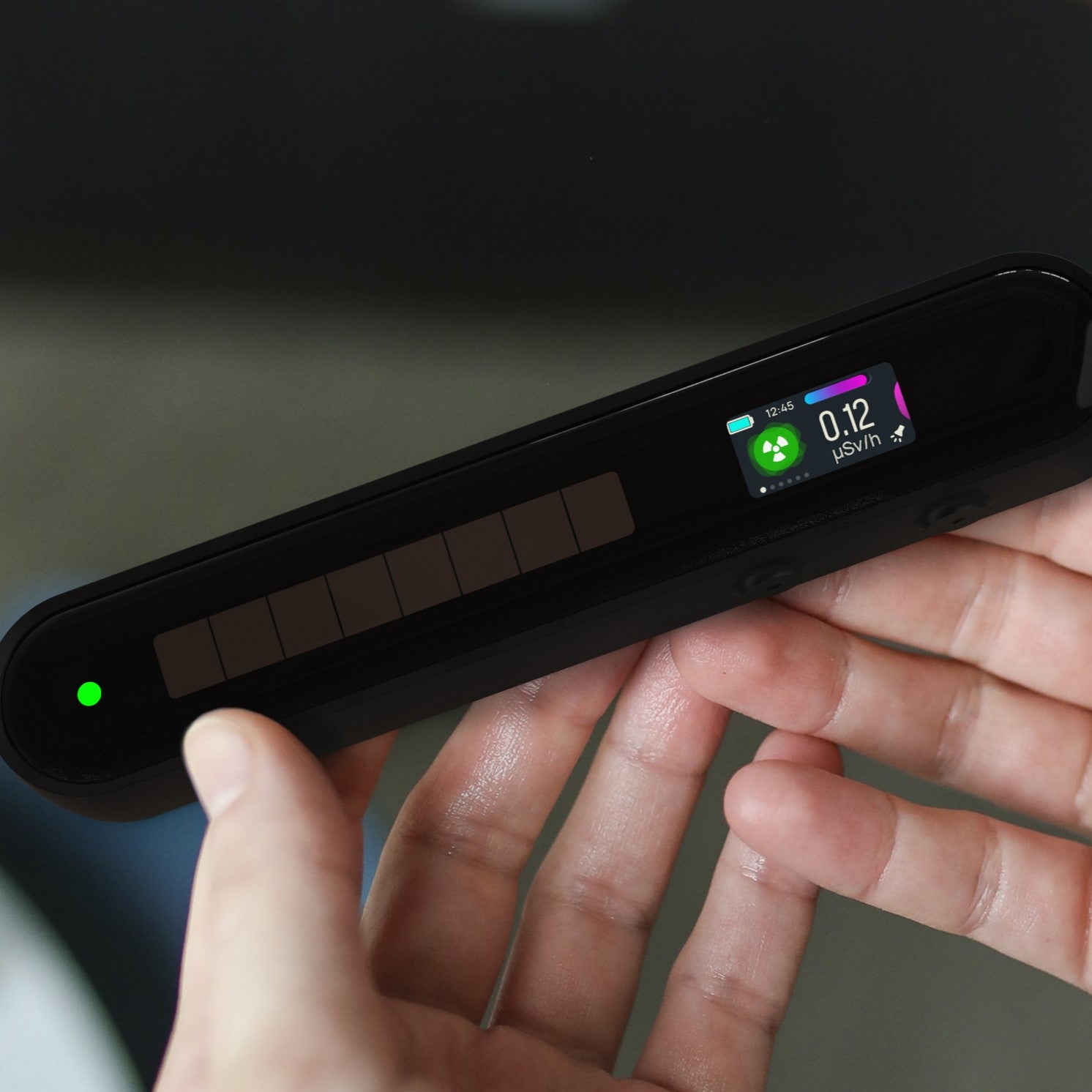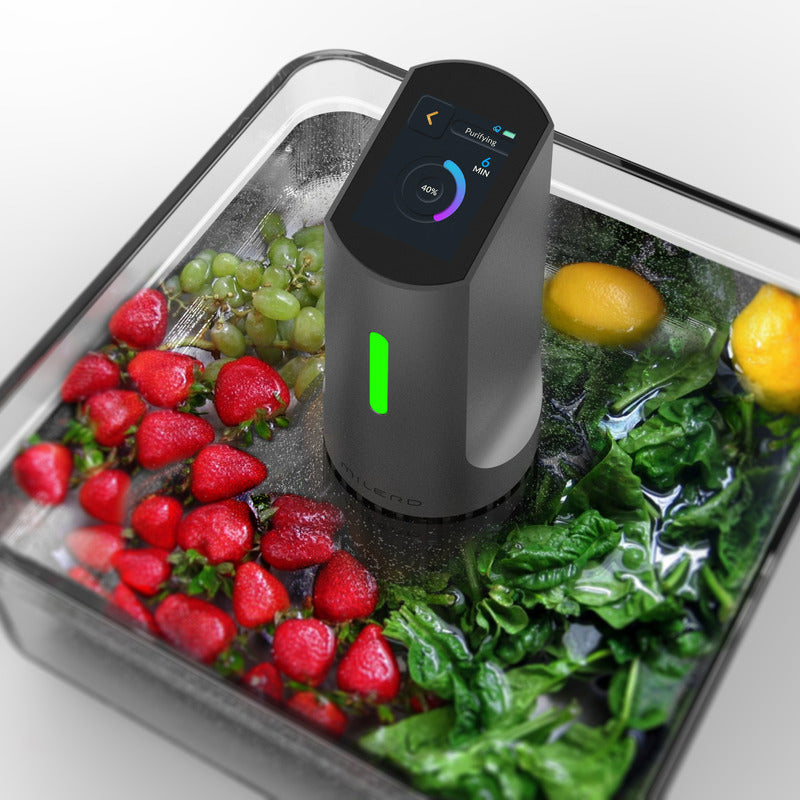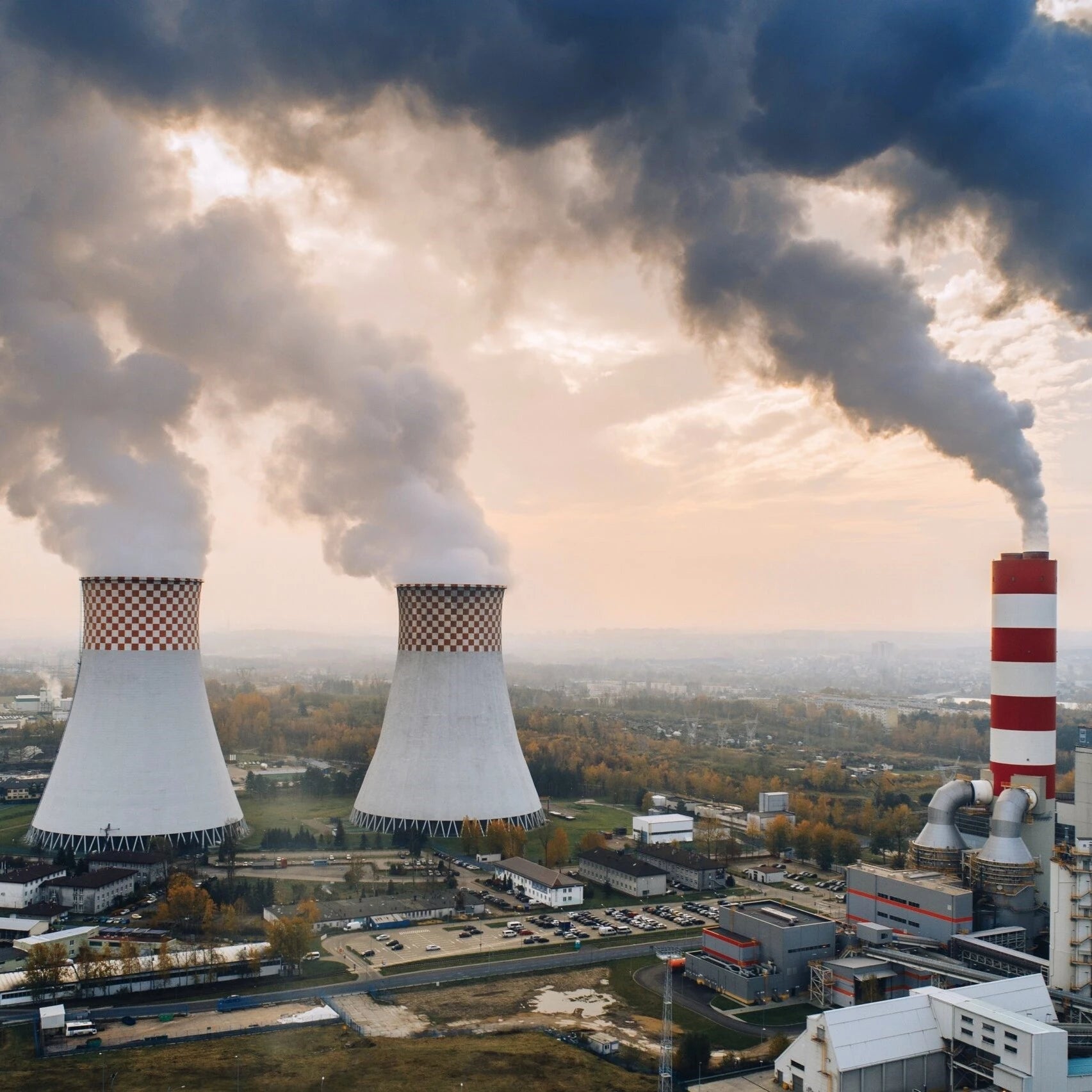An emission detector refers to an instrument used in the measurement of various forms of emission, such as those arising from substances with high energy particles like nuclear power plant decays, space cosmic rays, and reactions in particle accelerators.
Detectors are helpful in workplaces with a lot of radiance or in homes. By using them, people can always know they help people by making them aware of the amount of emission around them.
Where and when do you need radiation detectors?
Knowing what types of sensors to use includes understanding where and how they will be used. Different applications and settings require different kinds of sensors, as each detector is specialized for a specific application. The applications of detection instruments can be divided into three main categories: radiation flux measurement, protection, and search.
Radiation measurement device tasks are intended for situations where it is known that there are radioactive materials that need to be monitored. The purpose of this kind of detection is awareness of the strength of the established radioactive field, the boundaries of the emission zone, or the spread of radioactive contamination. These are places where the presence of radiance is expected or considered likely. Detector requirements in these situations are unique, often requiring relatively higher measurement ranges or special modifications to find a specific type of radiance.
Protection is similar to measurement tasks in that it occurs in environments where emission is expected to be present. However, the goal is different: in measurement settings, the goal is to monitor radioactivity, while in protection, the goal is to monitor the effects of radiance on people. Emission dosimetry is the most common example. Emission badges are worn by medical personnel, nuclear workers, and many others who face occupational exposure around the world. The importance is that it protects from the harmful effects of emission exposure through awareness: the user is informed about how much radiation he has received and how this relates to possible health effects so that his behavior or work schedule can be changed.

How do you detect radiation?
Findion is carried out using various instruments. The most common kind of emission detector is the Geiger-Muller (GM) tube, also known as a Geiger counter.
But now you can buy the best radiation detector for home use to control radiance in your home. The Milerd company produces several such systems that will help you monitor background radiation.
The first radiation detectors
The applications of radiation detectors were invented in the 17th century when the phenomenon of thermoluminescence was first described.
The 18th century brought the invention of the gold leaf electroscope, and photography appeared at the beginning of the 19th century. However, the discovery of what is today known as radiation science occurred towards the end of the 19th century.

In December 1895, Roentgen's discovery of X-rays marked the beginning of the evolution of radiation detectors, paving the way for the development of modern sensors. Becquerel, Pierre, and Marie Curie's inventions significantly contributed to this science.
In 1903 Crookes invented the spinthariscope, the first instrument capable of detecting individual rays.
However, German scientists Hans Wilhelm Geiger and Walter Müller are considered the pioneers of modern instruments for detecting radioactive materials.
Geiger and British scientist Ernest Rutherford introduced the first successful device for finding individual alpha particles in 1911. Geiger then worked with his graduate student Walter Müller to improve the system.

Compared with the original Geiger counter, the Geiger-Muller counter is more reliable, efficient, portable, and sensitive. It can also find different kinds of ionization.
Other early detection devices include the Wilson chamber, invented by C.T.R. Wilson in 1911. This chamber became an effective research tool used in numerous discoveries between 1923 and 1930.
How have radiation detectors changed? Since then, the history of the development of detection instruments has continued. Lagsdorf created the continuous cloud chamber in 1939. Bubble chambers became popular in the 1950s, followed by streamer chambers in the 1960s.
The advent of electronic sensors is associated with the invention of the transistor in 1947. Most modern types of radiation detectors use calorimeters. Modern systems are also capable of measuring charge, momentum, spin, and other characteristics of particles.



Dejar un comentario
Este sitio está protegido por hCaptcha y se aplican la Política de privacidad de hCaptcha y los Términos del servicio.